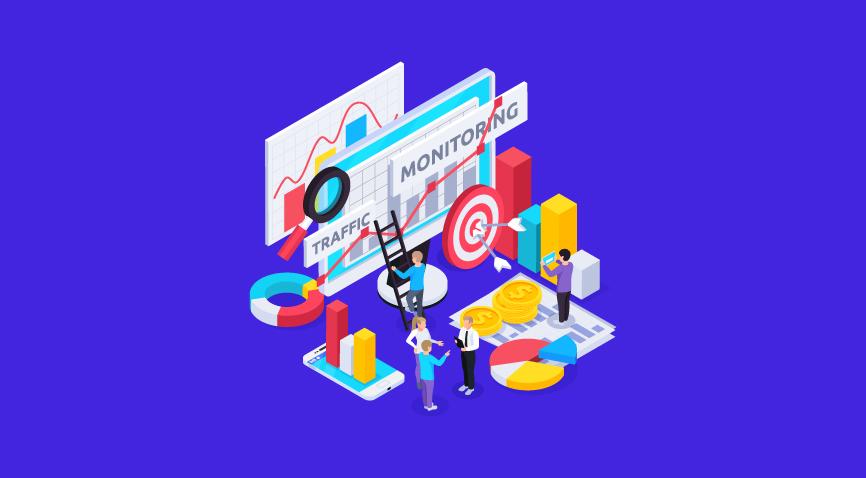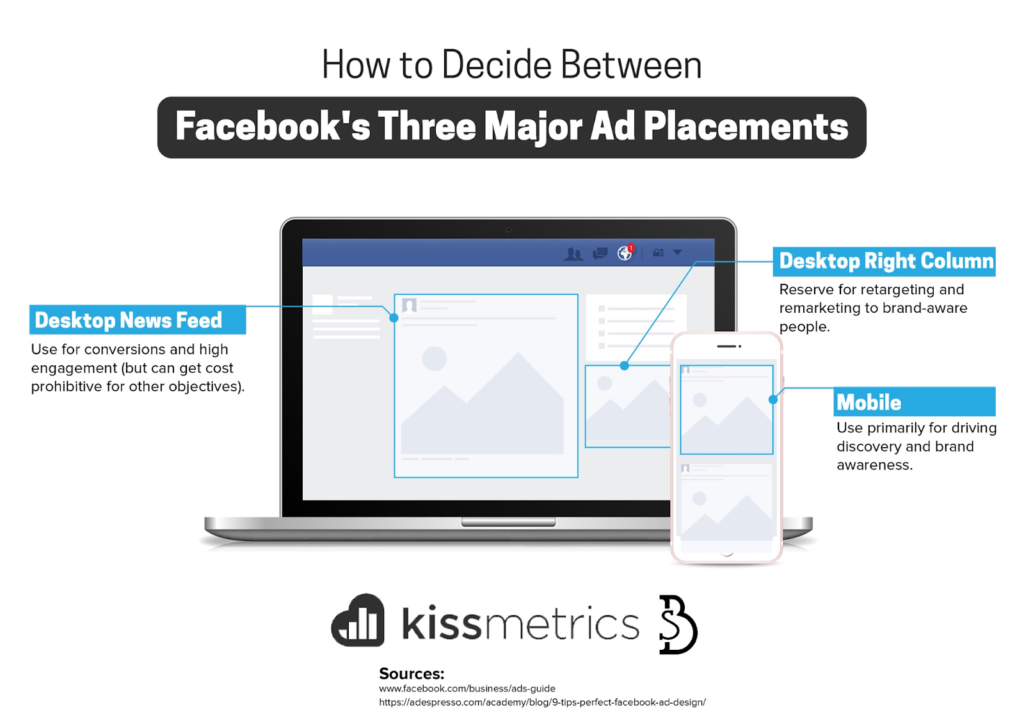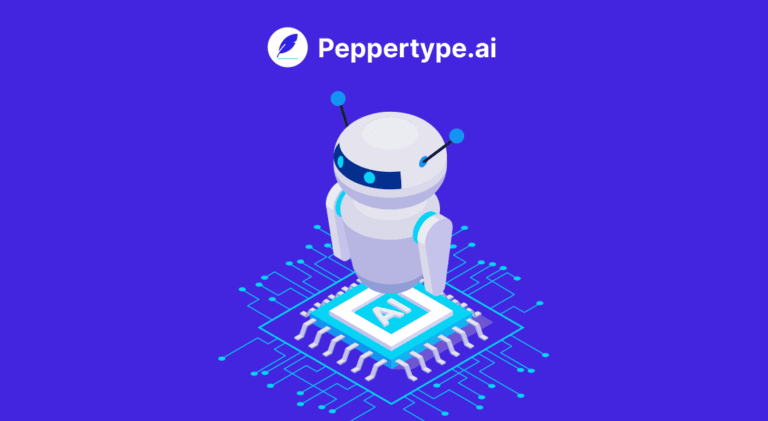7 Simple Ways to Improve Your Facebook Ads’ Performance

As you’re probably aware, inbound marketing outperforms typical outbound methods like advertising. Outbound marketing usually has a higher overall cost per lead than inbound marketing. Then why would anyone want to go through the trouble of running any paid cost-per-click (CPC) initiatives online, such as Google or Facebook ad campaigns?
It’s simple: if you do a fair bit of research, utilize the platform efficiently, and improve Facebook ad performance, you can reach a group of custom audiences who are inclined to take the action you desire.
Take, for example, Facebook. With over 2.90 billion active monthly users, it is one of the most in-demand social media sites globally. It means the platform has a great potential to market and grow your business. You can launch Facebook ad campaigns to market your products or services, which will enable you to expand your reach, generate brand awareness, attract quality website visitors, help in lead generation, and increase conversion rates.
When you invest a good amount of money and work into Facebook lead generation by way of ads, you can get the best bang for your buck. However, if you’re having trouble reaching specific audiences through your Facebook ads, you should probably optimize them.
7 Effective Techniques to Improve Facebook Ad Performance
This section details seven tips for boosting the performance of your Facebook ads.
1. Create stronger engagement strategies
The type of traffic generated by Google and Facebook ads differs significantly. People who click on Google ads are actively wanting to buy, but those who click on Facebook ads may simply be browsing, and may take longer to make a purchase decision.
That could be a problem if the budget of your Facebook ad is limited, and you’re looking for conversions. Instead of running a Facebook ad campaign solely focused on sales, it is preferable to offer additional experiences to your site visitors.
Build an engagement funnel
For the engagement funnel to work well, you need to create engaging content. Videos are extremely useful in this situation. Did you know that according to Facebook video ad stats, this platform has the best engagement-CPC ratio among all social media ad options?
Design a post-engagement marketing campaign for your ideal consumers. The objective is to make a terrific first impression on your customers. Keep an eye on the campaign and tweak it till it delivers according to your expectations.
You can also create a campaign that targets people who have seen at least 25% of your content. Reengaging visitors previously exposed to your promotional messages may fetch you higher conversion rates.
2. Identify and treat ad fatigue

Ad frequency is the number of times a person views your ad campaign. If consumers see your Facebook ad too often, they may start paying less attention due to ad fatigue, resulting in more cost and less efficacy. After the audience has been saturated, advertising costs usually begin to rise. Here are a few ways in which you can combat this:
- Change your ad creatives up a bit.
- Approach your ad copy with a different angle, tone, or style.
- Monitor/reduce your ad frequency
- Repackage the ad.
- Make it more user-friendly.
3. Regulate your budget based on ad performance
While starting your campaign, you’ll probably test two or three ad sets, each set containing multiple ads. Keep the top-performing ad set/commercial running while pausing the others.
Increase the cost by 15%-20% for successful advertisements. Repeat this process every 24 hours unless your ad’s performance begins to deteriorate.
Tip: recently, Facebook established the “learning phase” that begins at the start of each campaign and lasts until a specified amount of activities or time has passed. Before making any big modifications, give Facebook roughly 24 hours to learn about your Facebook ad campaign.
4. Limit delivery to the right audience
Your Facebook ad campaign will be successful if you match the right audience with the perfect ad. Use Facebook’s Audience Insights tool if you’re unsure how to determine the market for the latest campaign. Filter by location, age, and gender to get started.

After that, search by interest to learn more about your prospective audience. You’ll be able to see the pages they’re linked to, as well as their activity, household income, and more. Once you’ve determined the right audience type and size, you can create ads tailored to their tastes and preferences. Targeting your ads to people who are more likely to engage with it means you are attracting quality and relevant traffic to your content. It also helps you make the best use of your budget.
5. For greater reach, choose the right placement
Placements are essentially where you run your ad campaigns across the web. You can select from a variety of placements, platforms, and devices when developing a campaign. To eliminate the risk of over-exposing your audiences to your ads, you can distribute them across several social media platforms. The best placement option is determined by the campaign you’re executing.

- Including Instagram in your placement plan can boost your outcomes.
- Facebook Messenger is a fantastic way to boost traffic and lead generation. Messenger advertising, in particular, is performing brilliantly right now.
- Audience Network placements will help you boost your ad’s overall traffic and reach. However, pay special attention to your critical KPIs (cost per result and conversion rates, for example).
Running an ad campaign on a certain device could lead to lower costs in some situations. Android smartphone users convert at a faster rate and reduce costs in some segments. To evaluate if you can improve your advertising results, run a smartphone device test within your niche.
6. Select the appropriate bidding strategy
Facebook’s advertising is based on a bidding system. It is basically a model wherein advertisers bid for various ad placements. In the basic model, Facebook selects the most effective ad based on the bid and its performance.
However, in the past few years, Facebook’s bidding possibilities have become far more convoluted. To begin, you must first decide what outcome you want to optimize for. You can choose from a variety of solutions for each campaign target.
For example, when running a conversion campaign, you can choose between conversions, link hits, and views on the landing page. Consider upgrading for engagement if you’d like to increase the number of visits to your blog.
Facebook’s options for bidding have recently changed. You now have a few bidding options to choose from:
- Lowest cost allows you to maximize your results with a low ad budget. Consider using this bid if you’re a newbie or have a highly competitive niche.
- Highest value, which enables Facebook to fetch you the highest purchase values for your bid
- Cost cap, which gets you the most number of conversions at the cost you decide to cap your strategy at
- Minimum return on ad spend (ROAS), which, as the term says, targets the minimum return on an ad you place a bid on. This is helpful when you have a specific return in mind.
- Bid cap is a form of manual bidding. It helps you cap your bid at a particular amount. This is useful if you know what value you can expect from your ads.
7. Try social stacking
It’s all about social validation and popularity on social media. More and more people will engage with your material if it receives more likes and shares. Sadly, several of the ad experiments you run to improve your campaigns would also delete your comments and reset your post engagement statistics.

Use the “social stacking” strategy to retain those comments and likes while experimenting with your adverts. You can do this by combining all your ad sets into a single ad. This strategy is particularly useful when experimenting with different targeting choices. To get started, you need to follow these steps:
- Go to Facebook Ads Manager and choose an existing ad.
- Go to Ad Preview>Share Previews>Facebook Post With Comments.
- After that, copy the last number group that appears in the Facebook link address.
- Click on Use Existing Post. Paste the particular Facebook ID you had copied previously into the Enter Post ID box. Click on Submit.
Social stacking is useful because you can repeat this procedure for as many ad sets as you want.
Facebook’s ad algorithm is always evolving. Many of the techniques listed above will continue to evolve over time. Keep experimenting with various techniques and approaches until you find the ones that work best for you.
As far as content is concerned, you can try Peppertype.ai to create engaging Facebook ad copy and several other types of content.
FAQs
Here are a few simple steps to analyzing a Facebook ad’s performance:
– Monitor your ad’s reach and impressions.
– Measure your engagement rate.
– Calculate the clickthrough rate (CTR).
– Evaluate your bounce rates.
– Calculate conversion rates.
Facebook has everything you need right within its system. Go to your Business Page Insights and click on the “People” link. This will give you a breakdown of your audience’s location, gender, and age. Some ways to determine the right audience for your brand are:
– Research your customer base or customer persona.
– Figure out the industry trends.
– Analyze competitors.
– Define your target audience.
– Heed Google Analytics.
Facebook ads are totally worth it if you want to target a wider audience base and convert more customers. Invest in well-organized campaigns and ad creatives to ensure your Facebook ad strategy is working.
After choosing your marketing goal, you can start creating your first ad by following the instructions below:
– Decide on your objective.
– Select your audience.
– Decide on the ad placement.
– Set a budget.
– Pick a format.
– Place your bid.
– Measure and manage your ad.
Latest Blogs
Explore how Google’s 2025 AI search updates triggered ranking chaos. Learn actionable strategies to adapt your SEO for AI Overviews, zero-click searches, and SERP volatility. Stay ahead now.
Learn how to rank on AI search engines like ChatGPT, Perplexity, and Gemini by optimizing your content for authority, structure, and relevance. Stay ahead in AI-driven search with this strategic guide.
Explore the best healthcare SEO services for your medical practice. Improve online visibility and effectively reach more patients in need of your services.
Get your hands on the latest news!
Similar Posts

Peppertype.ai
4 mins read
Taking Writing to the Next Level with Peppertype.ai and GPT-3’s Text-Davinci-003

Peppertype.ai
7 mins read
How Content Generators Work And How To Use Them Effectively

Peppertype.ai
6 mins read